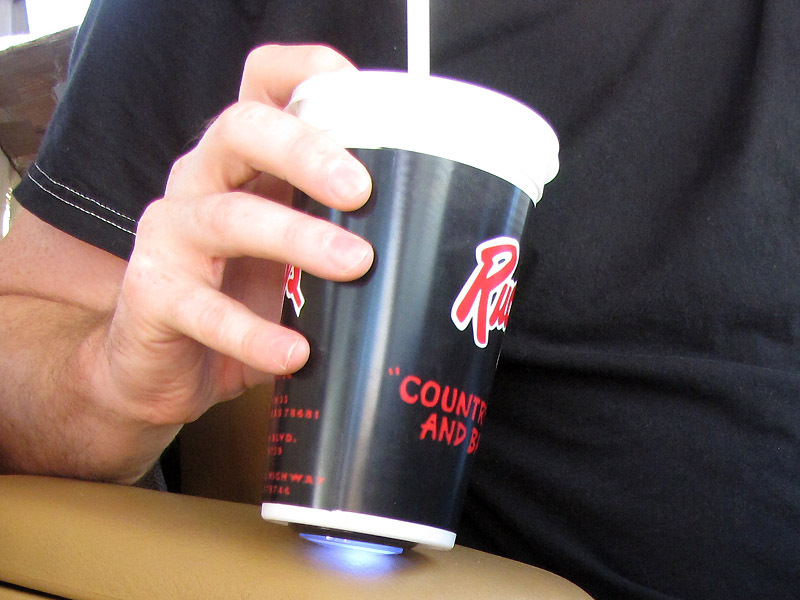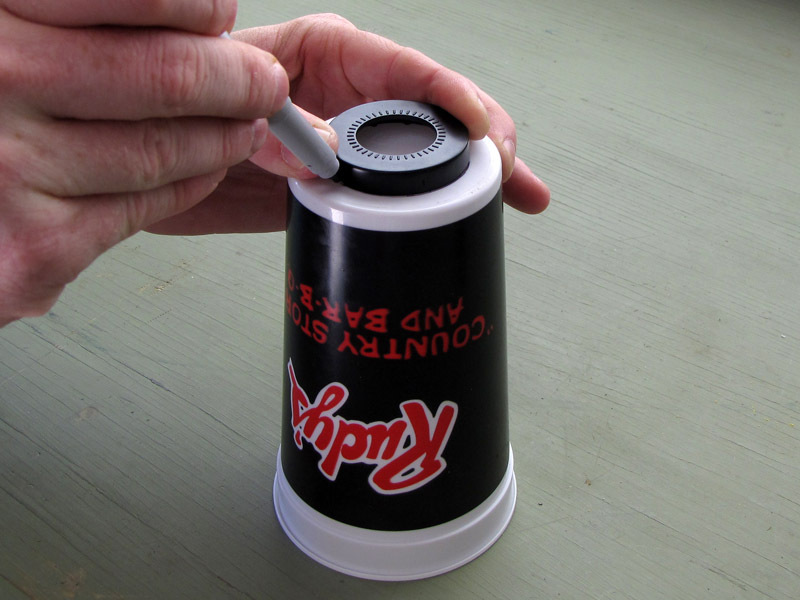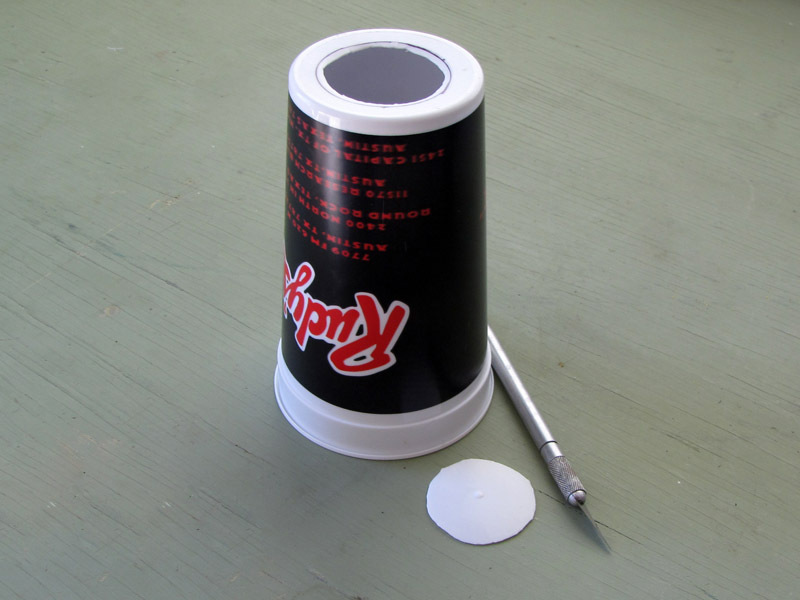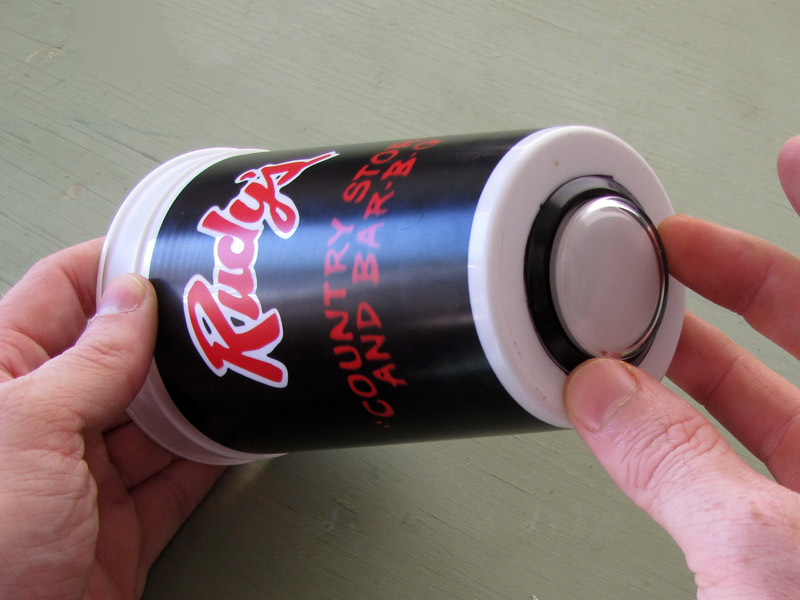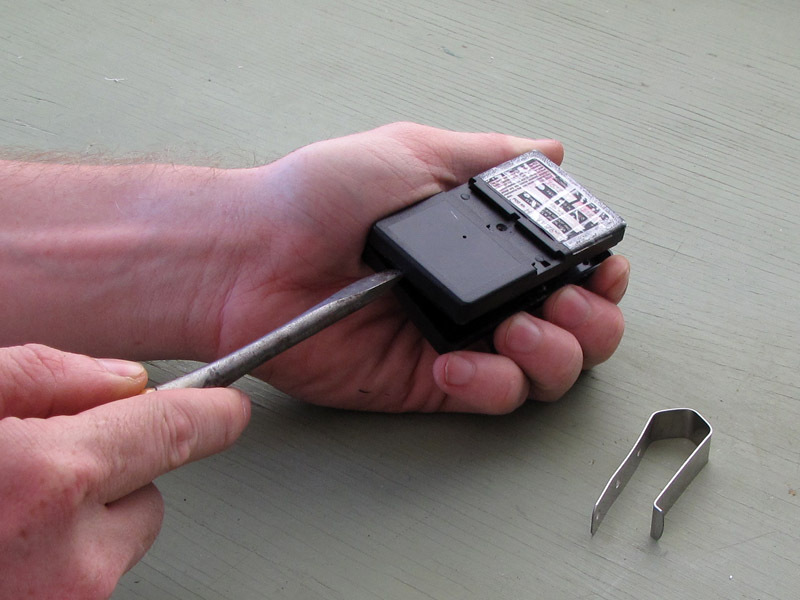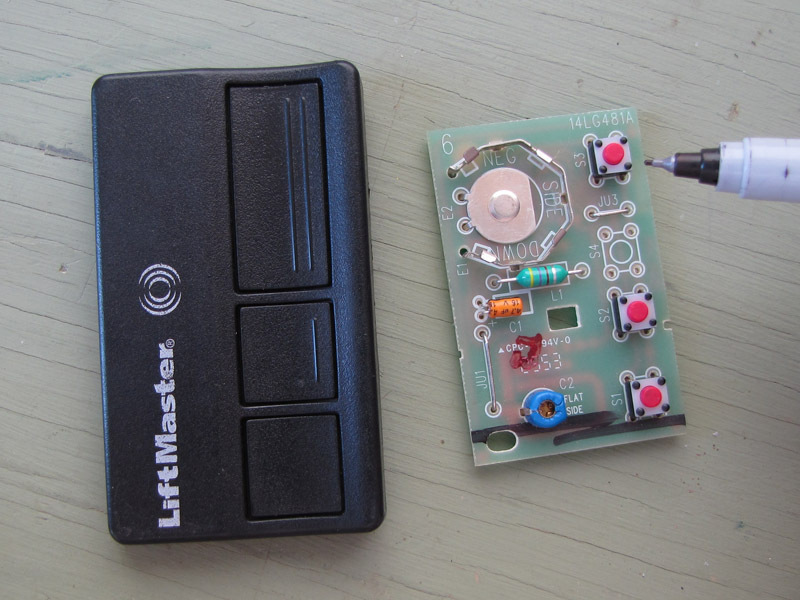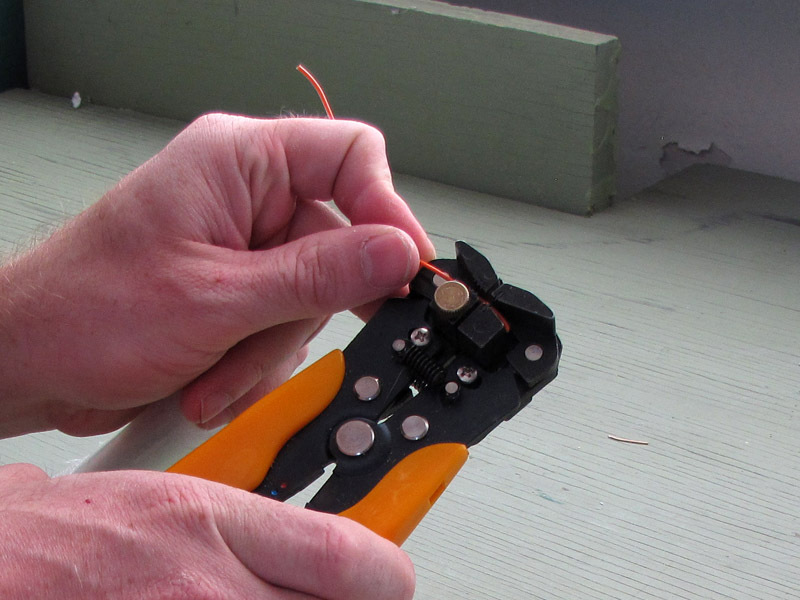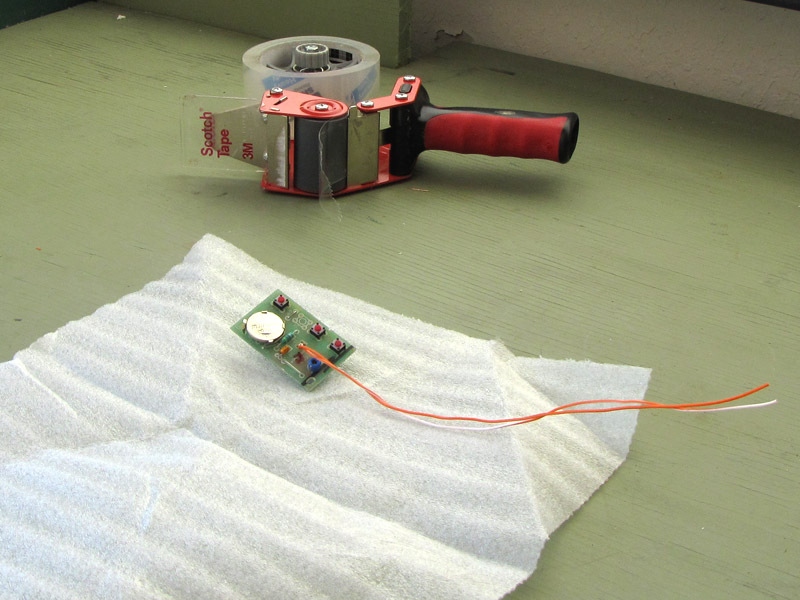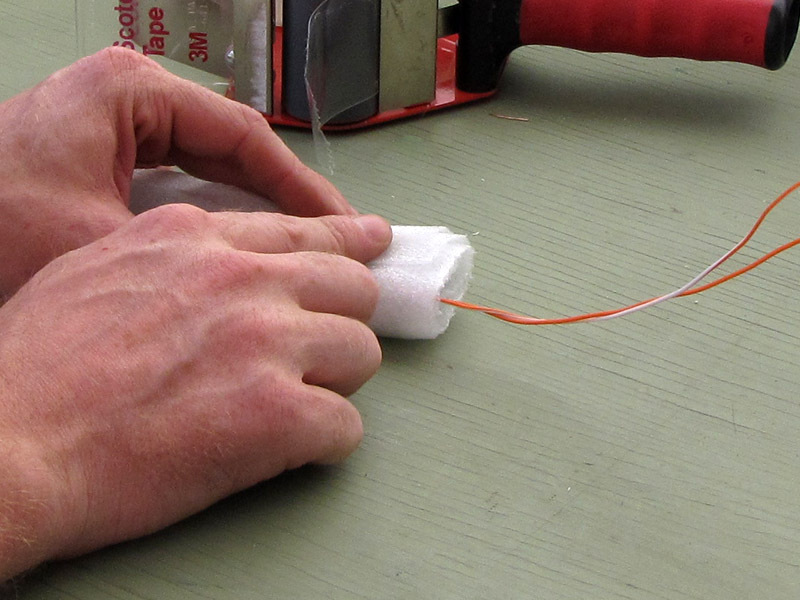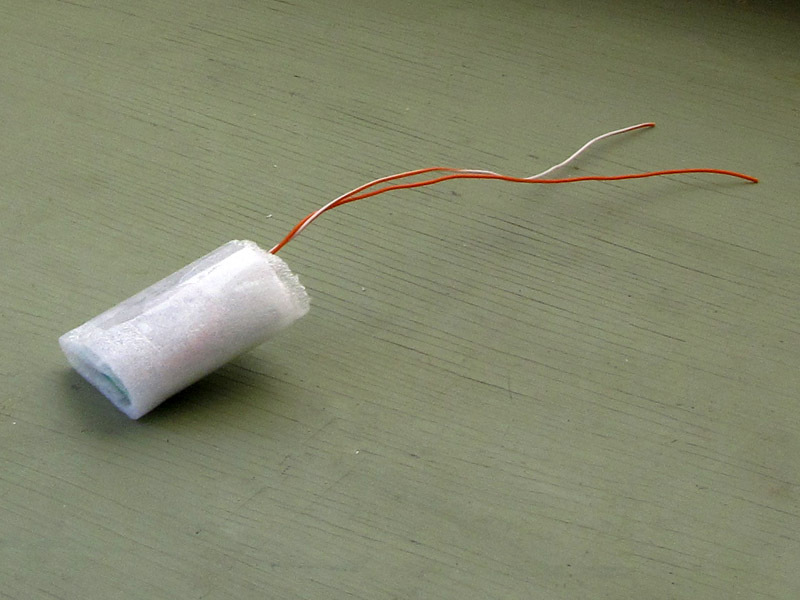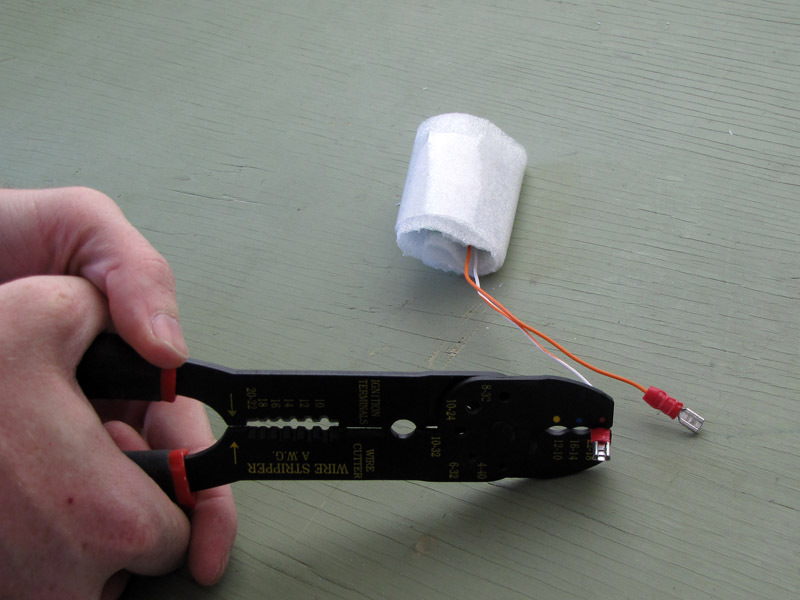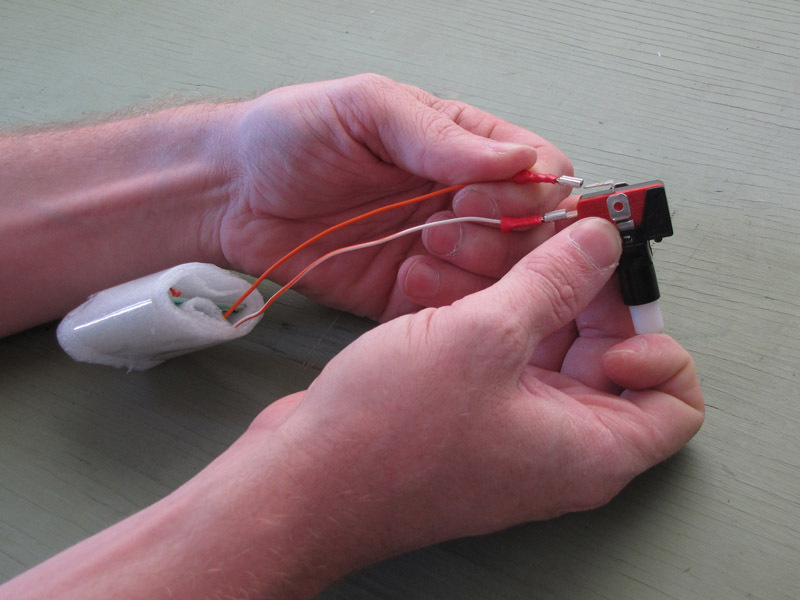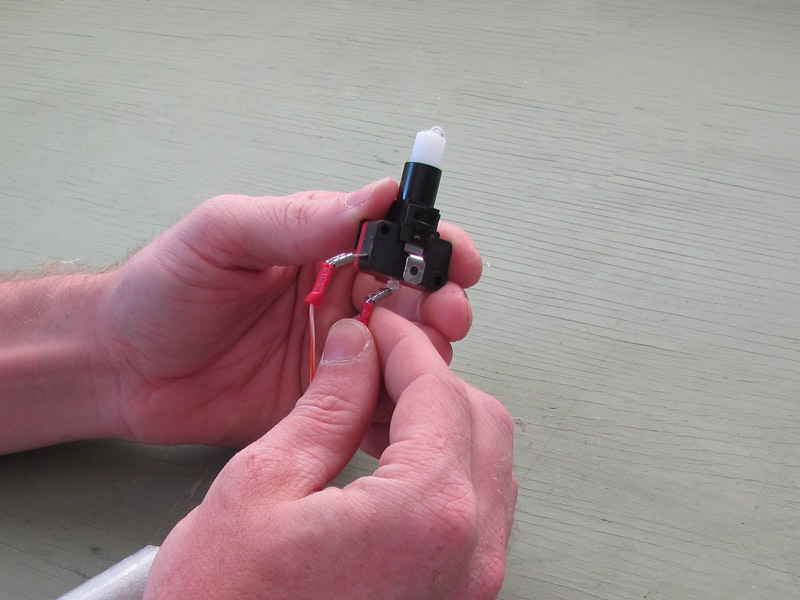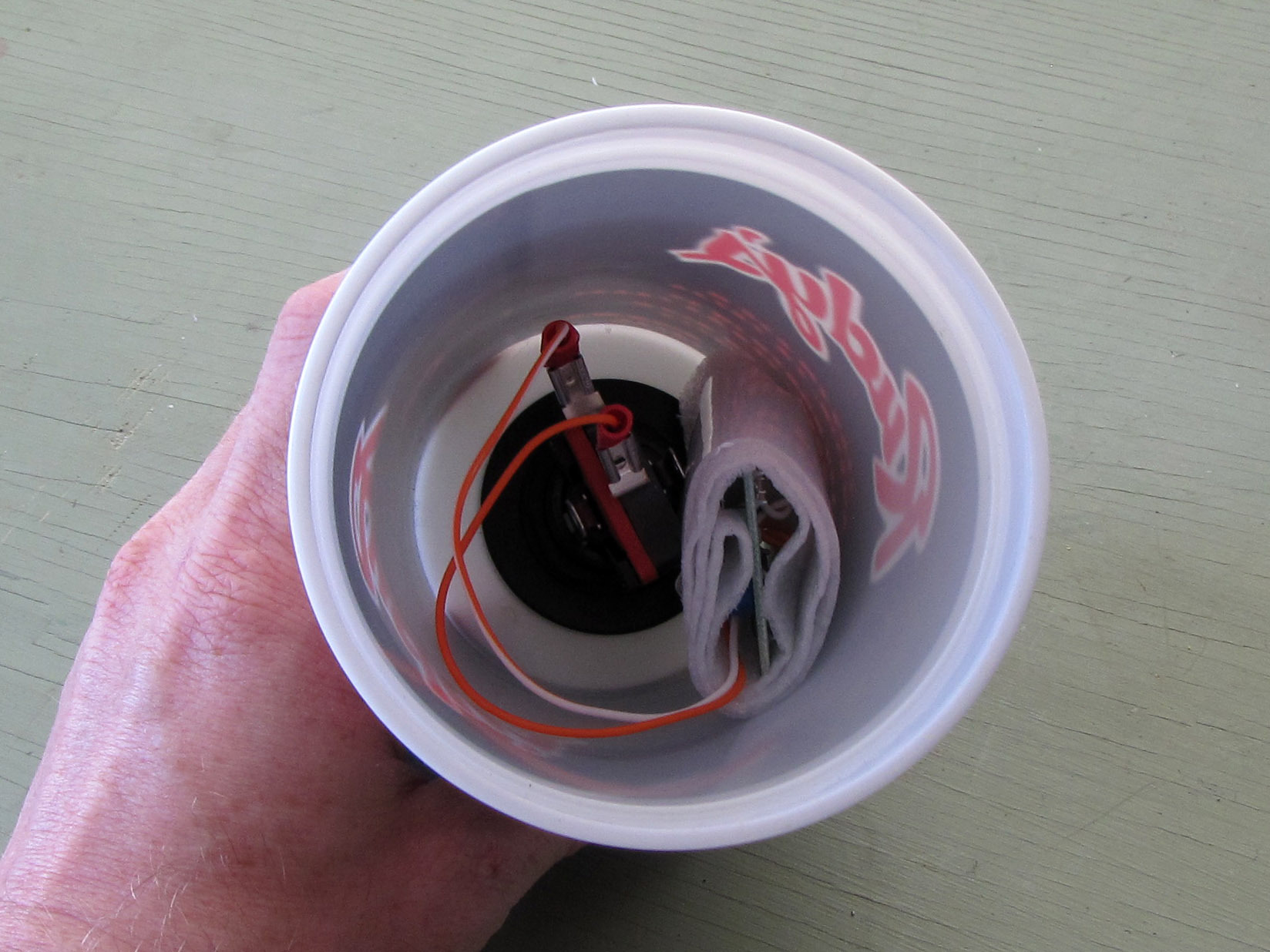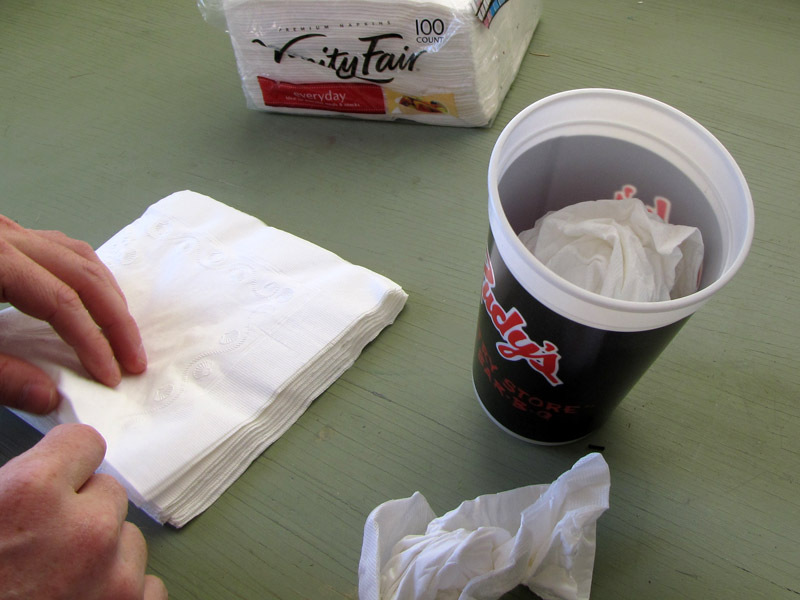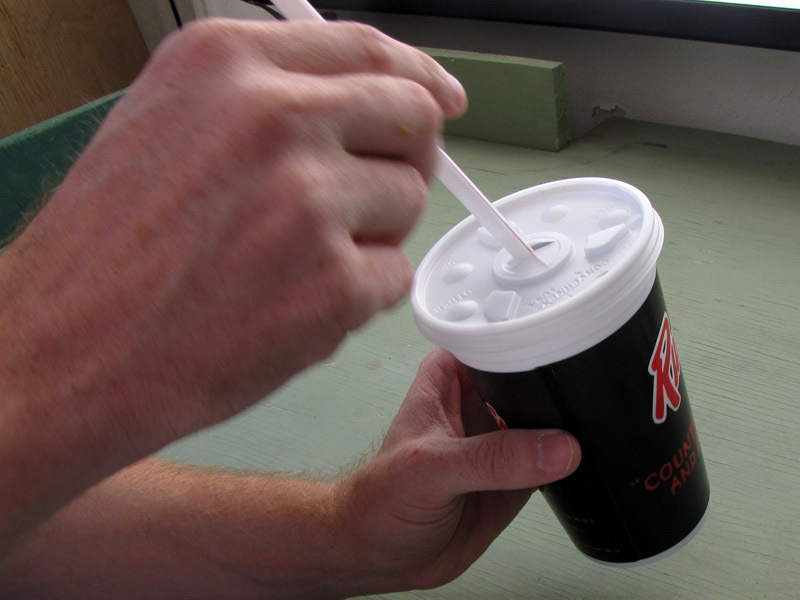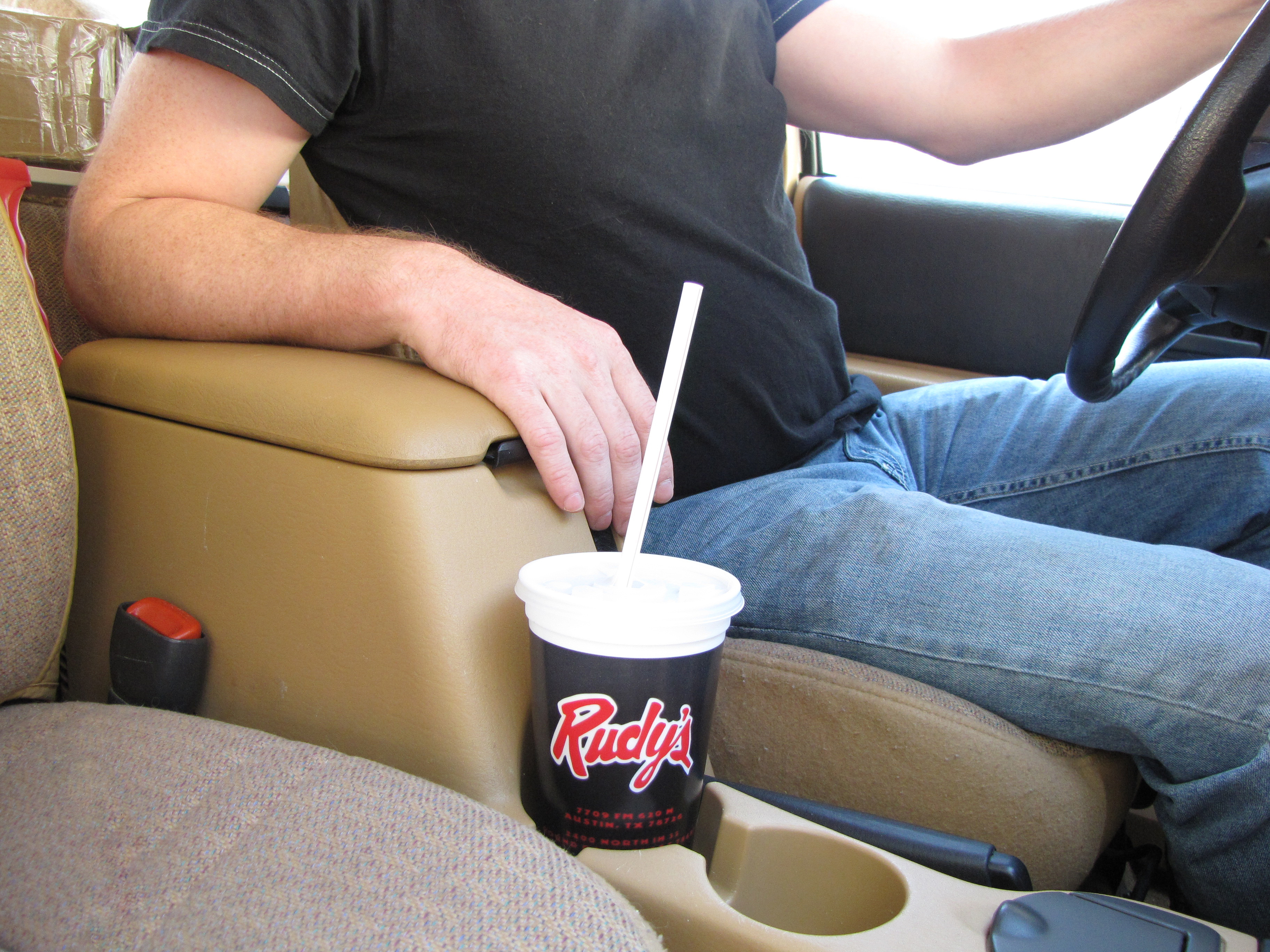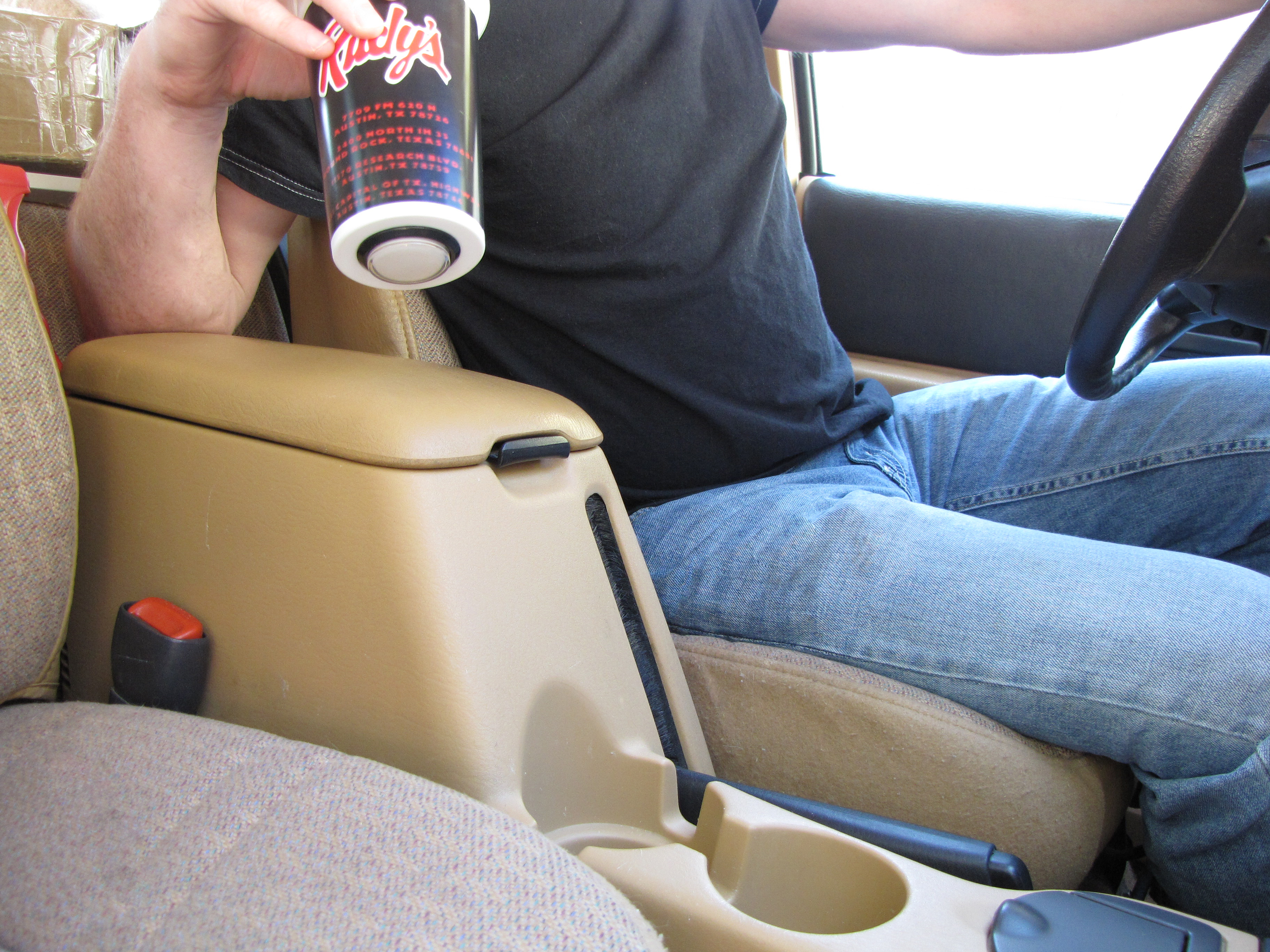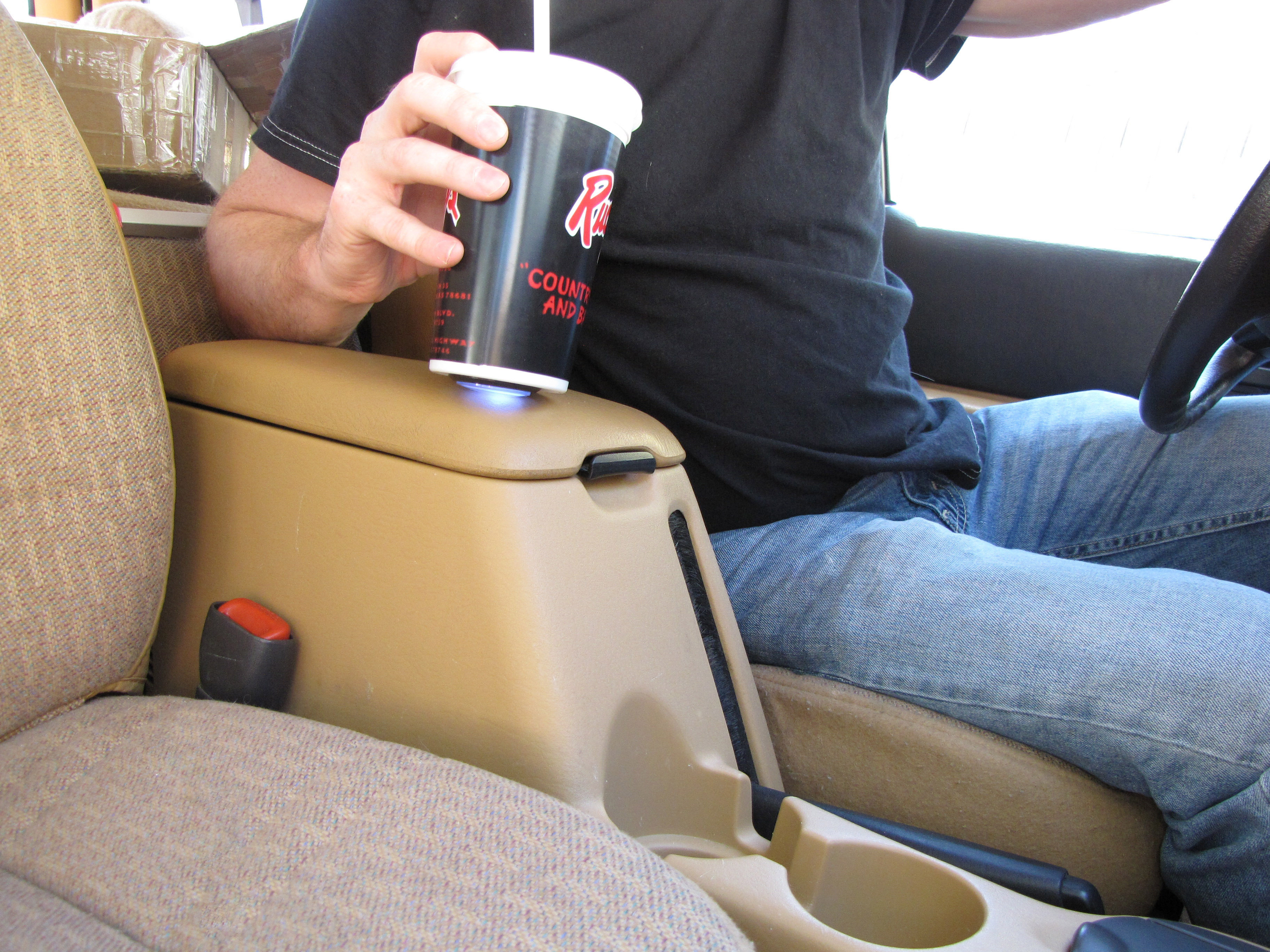A garage door opener openly displayed inside your car can be an incentive to thieves. Documents from the glove compartment are likely to reveal your home address, and with the remote in hand a thief can help him- or herself to the contents of your garage, and (if it’s an attached garage) secure a concealed location from which to attack one of your house’s exterior doors. Together with other conspicuous valuables, a visible garage remote–say, clipped to the sun visor–can make the difference between a thief choosing to break into your car and choosing to move on to the next one.
Sure, you could just pop the remote in the glove compartment when you get out. But having it immediately accessible is convenient, and it’s easy to forget or get sloppy in your concealment habit.
This easy garage door remote mod retains all of the convenience of the remote clipped to the visor while dispelling most of the risk. The remote button is concealed on the underside of a plastic beverage cup that rests in your cup-holder, with the electronics concealed inside the cup. To activate the opener, just push down on the top of the cup. From outside of the car (and from inside it, too), the remote looks like an empty soda cup you just haven’t thrown out yet.


